Joy stick maker
October 10 1907 for the first time flew into the air the plane REP-1 - one of the first more or less successful airplanes designed in Europe, and the world's first aircraft equipped with a joystick. Since then, the joystick, or control stick, has become an indispensable attribute of almost all small aircraft and gliders. With it, the pilot can simultaneously change the direction of angular motion relative to the longitudinal and transverse axes of inertia, that is, can direct the plane up or down and lay the list. Before the invention of the joystick, the airplanes were either not controlled at all by a roll (and were extremely unstable), or a separate lever or a steering wheel was used for this.
In its first and only flight, the REP-1 traveled the 124 meter by air and climbed to the height of 6 meters. For those times, the result can be considered quite decent, but the creator of the airplane - the French inventor Robert Hainault Peltry did not continue to experiment with him, but took up the construction of a new machine REP-2, which went on trial next year and showed higher achievements. In June, 1908, Eno-Peltri flew 1200 meters on it, gaining the height of 30 m, but this flight ended in an accident.
After repair and reconstruction (in particular, the keel was added), the aircraft, renamed REP-2bis, in February 1909-th flew 8 kilometers and reached 60 km / h speed. Later, the flight range was able to reach up to several tens of kilometers. In 1910, Eno-Peltri developed a new, even more sophisticated airplane, setting 14 speed records at various distances.
In the same year, Robert founded his own aircraft manufacturing company, but did not achieve commercial success. His company lasted only two years, after which it closed, unable to withstand competition with other aircraft manufacturers. In the future, he worked for some time as a design engineer in the aviation department of the English Vickers concern, and then he lost interest in aviationcarried away by astronautics and the development of rocket engines. But this is another story.
On the screen saver - Eno-Peltri in the cockpit of one of their airplanes.
REP-1 before takeoff. The aircraft had the original chassis scheme, later called the "bicycle": two wheels under the fuselage (with the front had oil-pneumatic damping) and two supporting wheels at the ends of the wing.
“I got into a puddle”: the REP-1 flight ended safely, although the landing site was not very successful.
The first aircraft of the Eno-Peltri has survived to the present day and is on display, more precisely, it is posted in the Paris Museum of Industry and Crafts.
Eno-Peltri himself designed the engines for his aircraft. They all had air cooling and the so-called "fan" scheme with one or two rows of cylinders. These motors were light and quite powerful, but did not differ in high reliability.
Drawing REP-2bis. One of the features of the Eno-Peltri aircraft was an all-metal frame assembled from thin-walled steel pipes. At a time when almost all airplanes were built of wood, it was a rarity.
REP-2bis at the airport. The large trapezoidal keel is clearly visible, and the steering wheel mounted under it with aerodynamic compensation, and also a full-circle stabilizer hinged on a central beam and diagonal braces.
"Record" REP sample of 1910 of the year. In it, Eno-Peltri applied the usual chassis scheme with an anti-skidding ski and the classic tail.
One of the few commercial successes of the air company Eno-Peltri was the sale of seven airplanes of the 1912 model of the year to Turkey, which successfully used them in both Balkan wars. True, one vehicle did not reach the destination, it was confiscated by the Serbs during the transit through their territory. At first, these planes did not yet have any identification marks, but were entirely (with the exception of hoods) painted in the red color of the Turkish flag.
Triple Vickers-REP - aircraft designed by Eno-Peltri during his work at the firm "Vikkers".
Vickers-REP was the first airplane to fly over Antarctica. In 1912, he got there as part of the Australian Antarctic Expedition. Later, the wing, the stabilizer, were removed from this machine, the long runners were installed and used as a snowmobile in this form.
The REP parasol of the 1915 model of the year is the latest development of the Eno-Peltri in the field of aircraft engineering. This double reconnaissance aircraft was built in the number of 12 copies and was used by the British Air Force on the Western Front of the First World War.
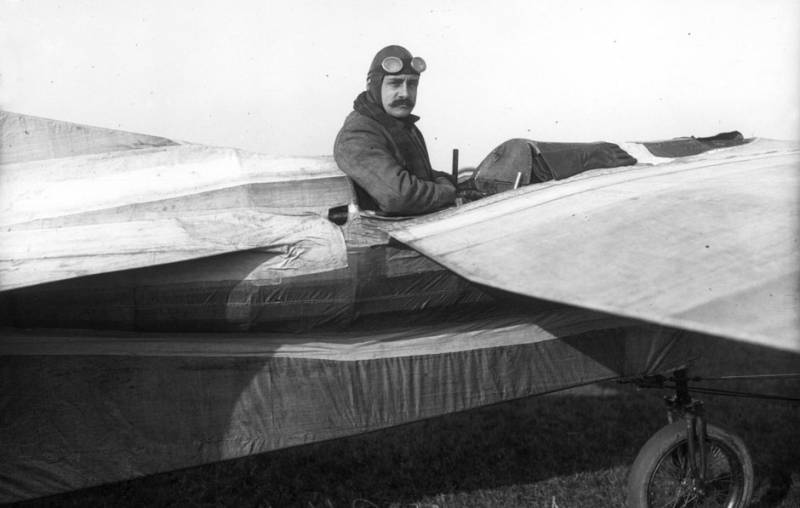
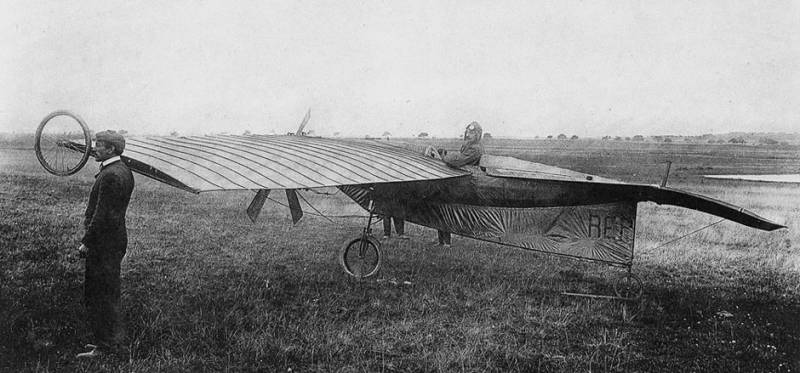
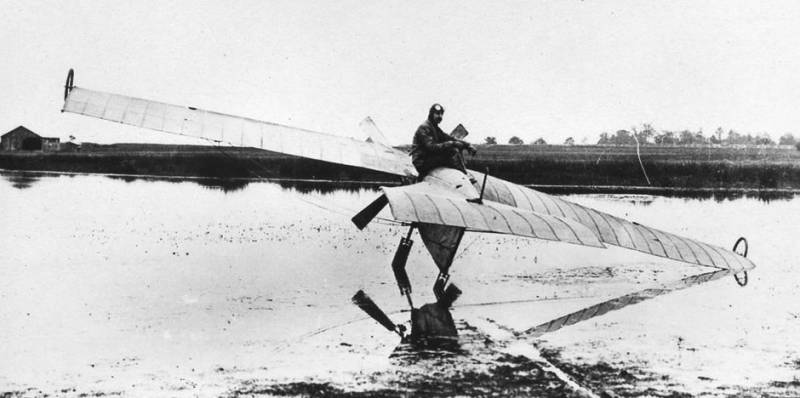
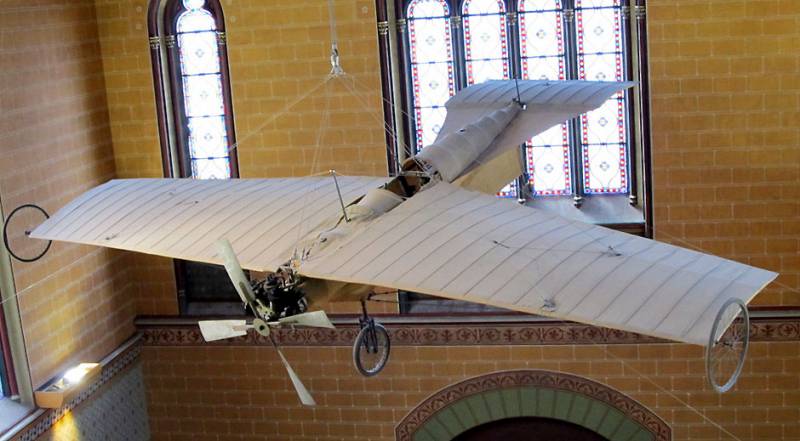
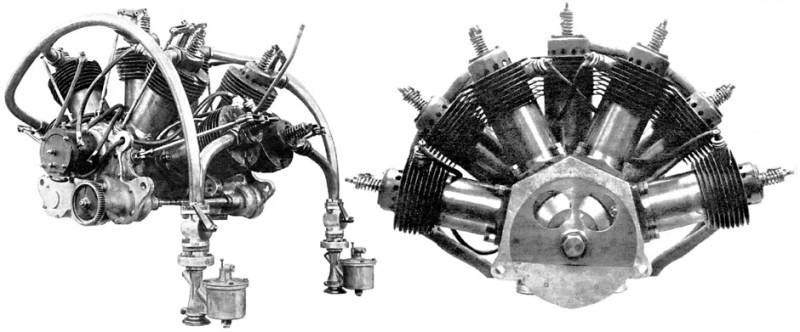
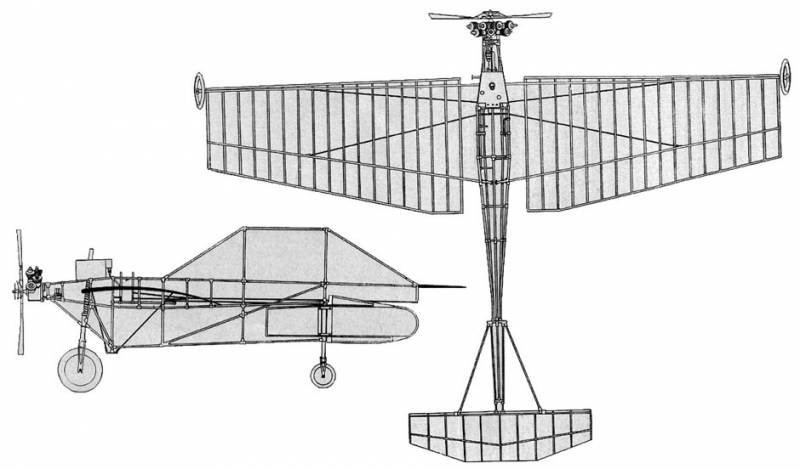
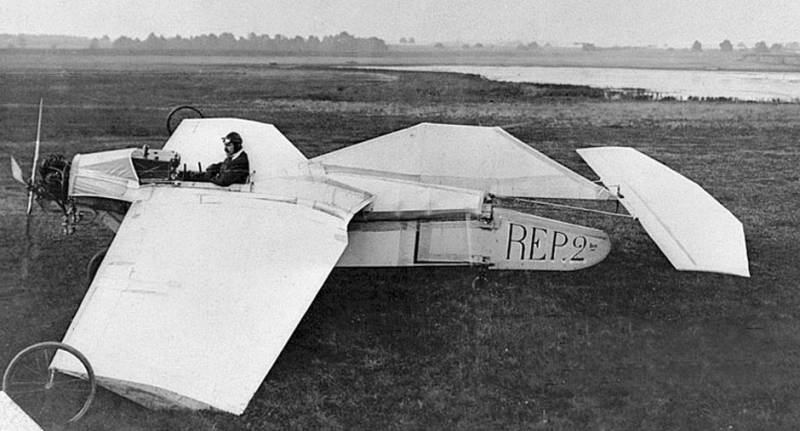
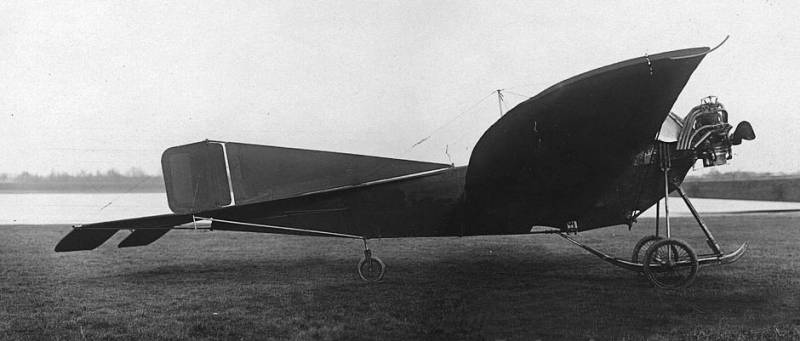
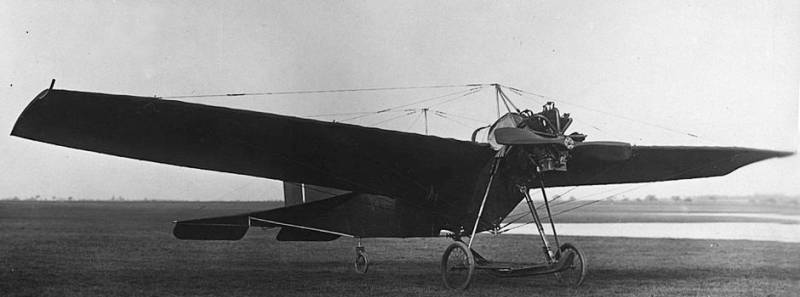
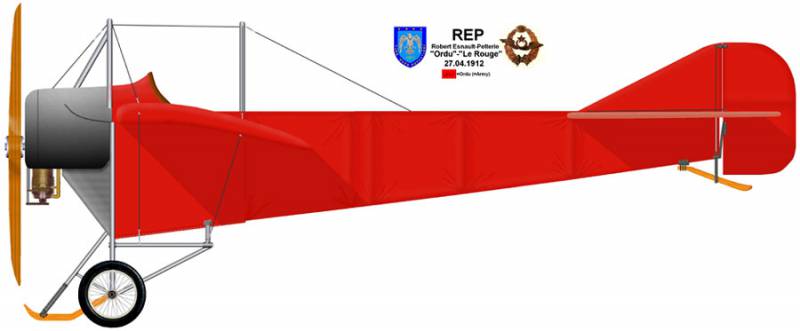
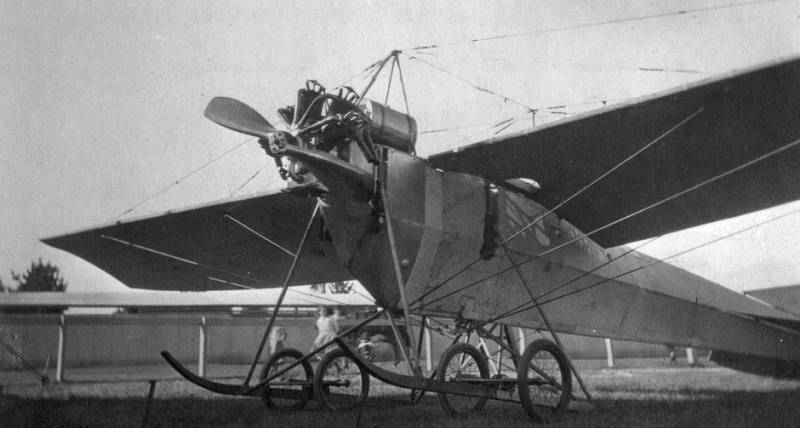
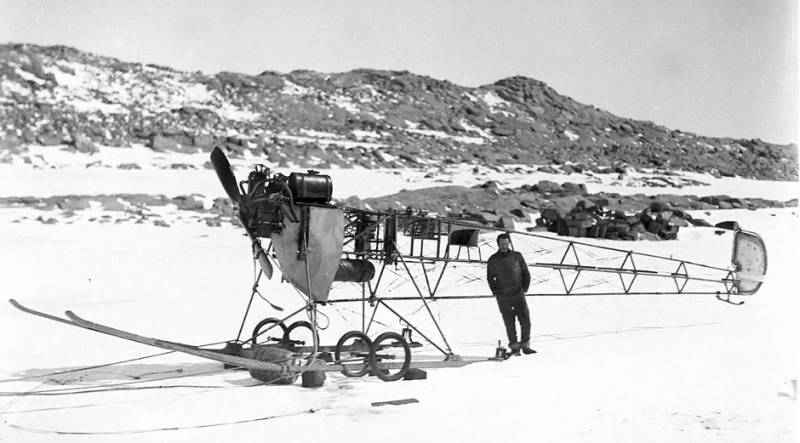
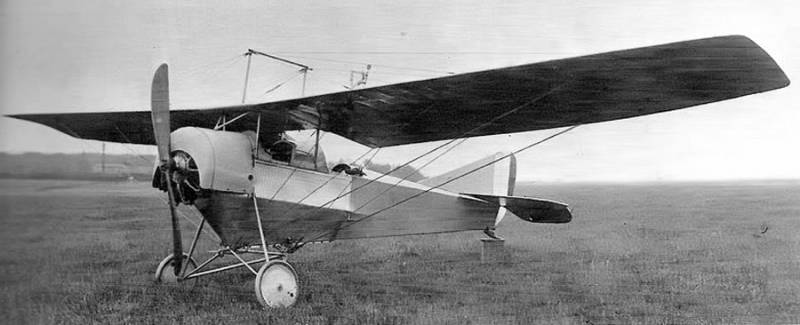
Information